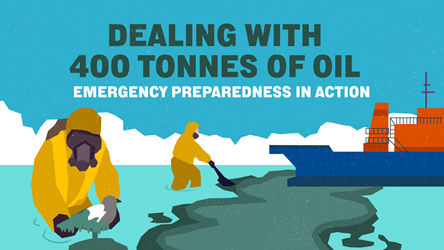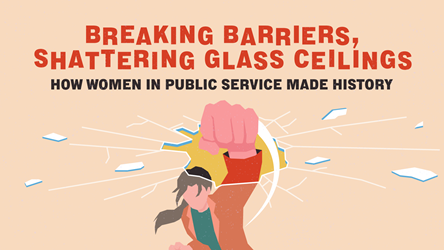How To Train A Volunteer Firefighter

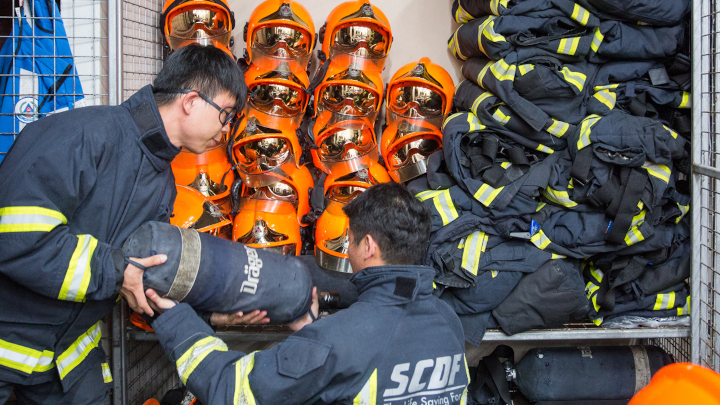
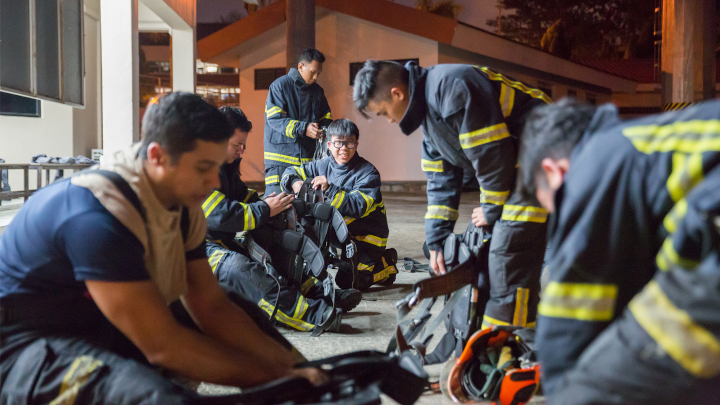

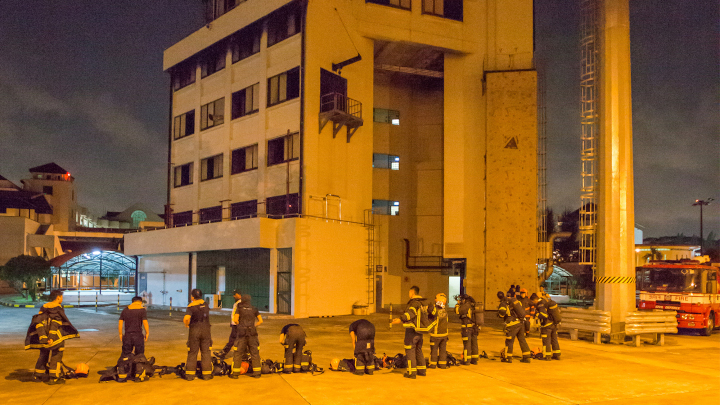
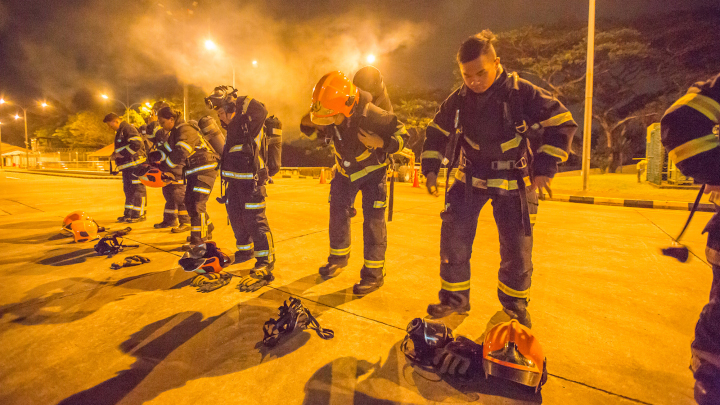
Each trainee has to don up to 20kg worth of protective gear including a helmet, two-piece firefighting suit, fire boots, gloves and breathing apparatus.

A kitchen fire blazes in this simulation. Trainees have to act fast to put out the flames and rescue casualties, just like how firefighters will need to react in real scenarios.
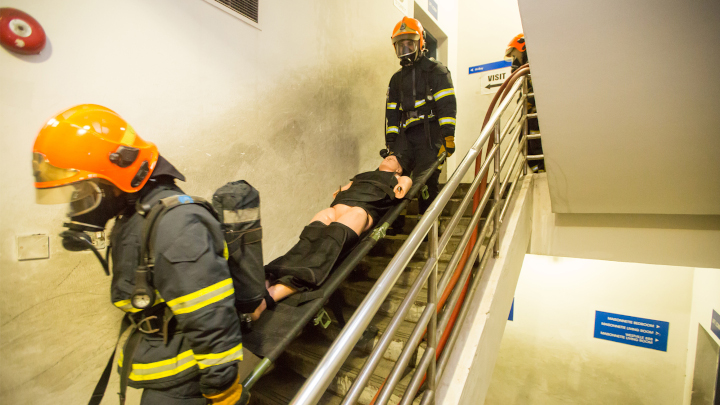
Transporting the casualty (represented by a 75kg manikin) safely down the narrow stairwell is a physically demanding feat. Trainees also have to endure the heat within the thick fire-retardant suit.
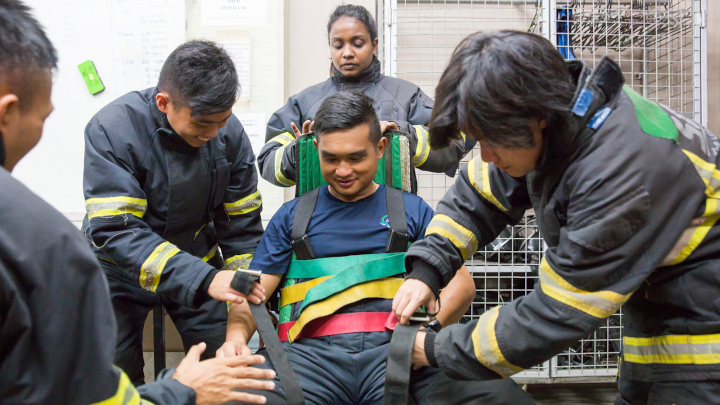
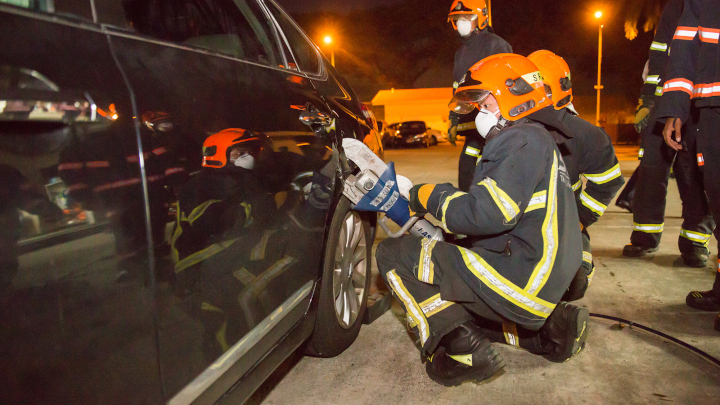



Graphic designer Joelle Enver (third from right) says: "There are times when I ask myself, 'Why am I doing this?' But at the end of the day, the sense of fulfilment, of accomplishing [each mission] keeps me coming back."
She adds: "It's nice to make new friends... we look out for one another and [form our] own support team."

This is the third in a series of stories celebrating 150 years of civil defence volunteerism in Singapore.
Keen to volunteer as a firefighter? Find out more: go.gov.sg/firefighter
- POSTED ON
Nov 11, 2019
- TEXT BY
Tay Qiao Wei
- PHOTOS BY
Norman Ng




